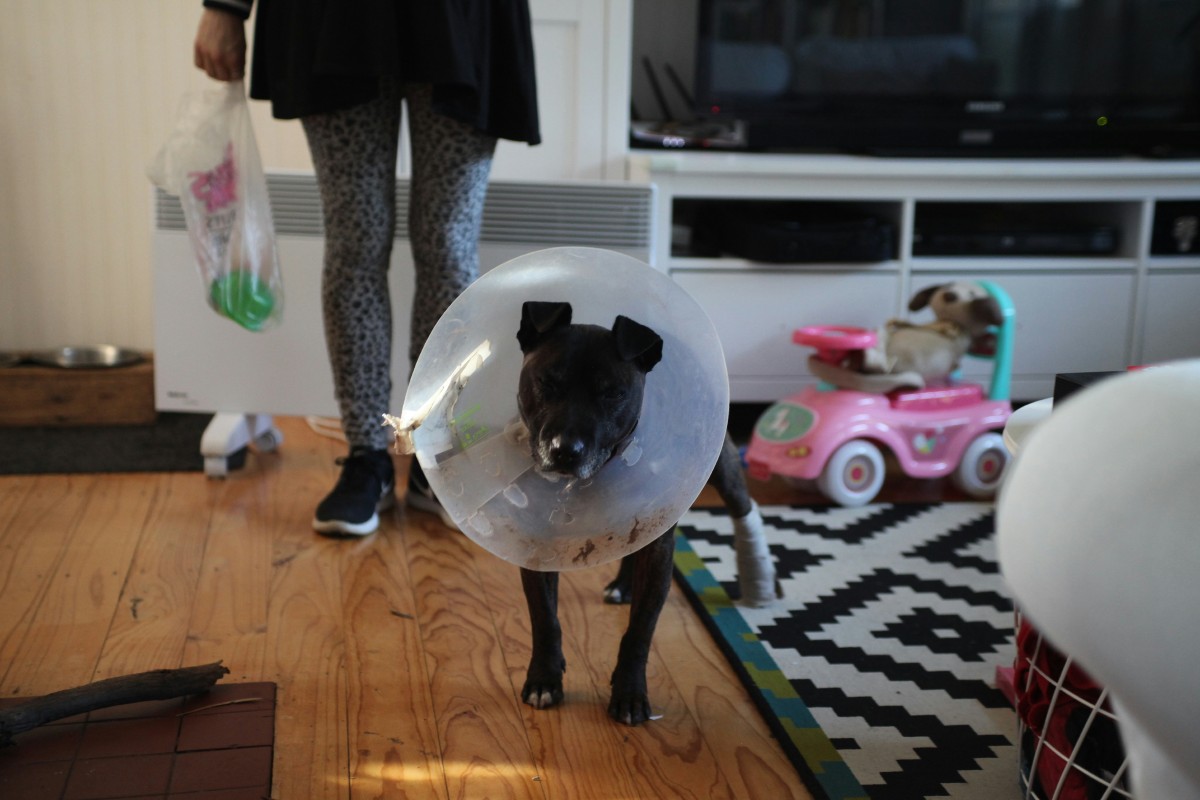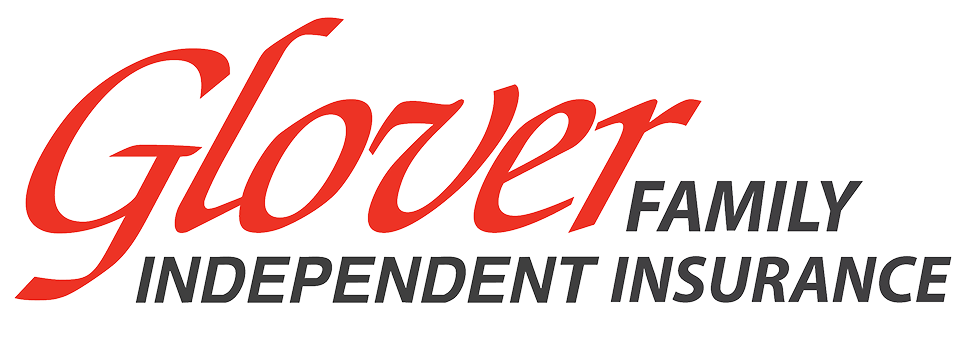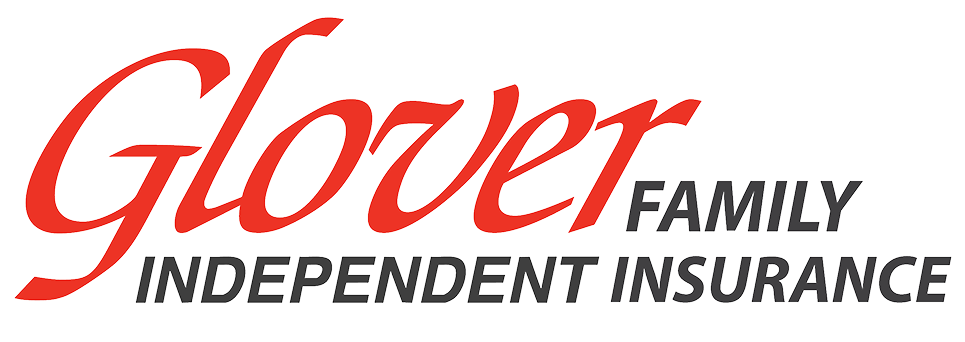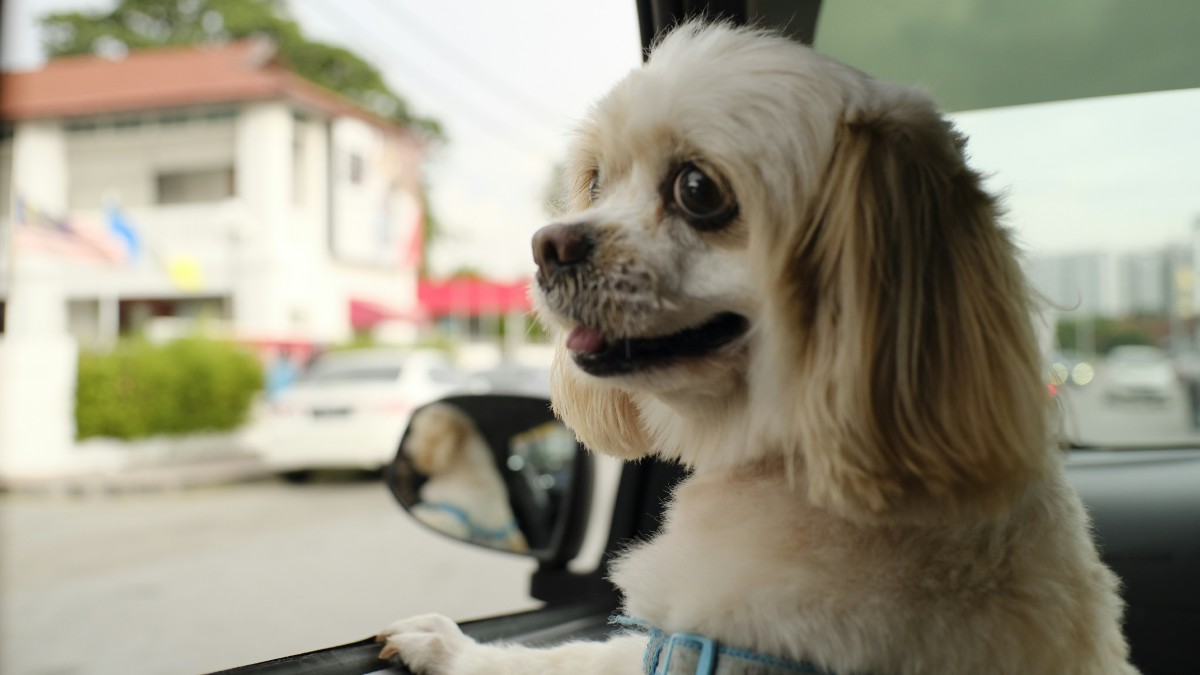Most owners don’t view their pets as just passengers, they’re family. Whether you’ve got a doggo riding shotgun on your weekend road trip or a kitty curled up in the back seat on your way to the vet, our furry companions often travel with us in our vehicles. While it’s certainly not something you want to imagine, have you ever wondered what happens if you’re in a car accident and your pet gets injured? It’s unthinkable, but if it were to happen, who pays the vet bills? Today we’re going to discuss pet injury coverage in auto policies, getting to the bottom of who’s responsible after a crash.

What Is Pet Injury Coverage?
Before we dive into the intricacies of who’s responsible for paying the vet bills after a crash, we thought we should talk about actual pet injury coverage. Like so many others, pet injury coverage is an optional add on offered by some automotive insurance companies. It’s specifically designed to help pay for veterinary expenses if your pet is injured in a covered car accident. It’s sometimes included in certain comprehensive or collision policies, especially if you have full coverage.
Typically limited to domestic animals like cats and dogs, this coverage will only apply when the pet is inside the insured vehicle at the time of the accident. In other words, it doesn’t cover injuries that occur outside of a vehicle-related incident, nor does it cover exotic pets or livestock. What it does do is help to cover the cost of emergency vet visits, surgery or treatment costs, medications and follow-up care and, if necessary, burial or cremation expenses — assuming they come as a result of the accident.
Coverage limits will vary from insurer to insurer, but you can reasonably expect your policy to offer between $500 and $1,000 per incident.
Who Pays the Vet Bills After a Crash?
Now, let’s get down to the actual question at hand, who pays the vet bills after a crash? If your pet is injured as a result of a covered accident and you happen to have pet injury coverage, your insurer will pay up to the state limit for veterinary expenses. You’ll be responsible for any deductible and costs beyond the coverage cap, but this should be a big help in most situations.
If another driver caused the accident, then their liability insurance should cover your pet’s injuries. This is because in most states – including Oklahoma – pets are legally classified as personal property by law. Therefore, you can file a claim for damages through the other driver’s property damage liability coverage.
Lastly, if neither your own policy or the at-fault driver’s covers pet injuries, you’ll be responsible for paying all of your vet bills on your own. Likewise, you’ll be responsible for the difference if your vet bills exceed the coverage limits of your own pet injury coverage.
How to Protect Your Pet on the Road
Having insurance is a great way to cover your bases, preparing for the eventuality of an unforeseen collision. Prevention is always the best policy, though, so we’ve also put together a few tips and tricks you can follow to protect your pet while on the road:
- Used a pet seatbelt harness, secured crate
- Keep pets in the back seat to avoid airbag injuries
- Never let pets ride with their head out the window
- Carry pet emergency kit, featuring medical supplies and vet contact info
You should of course, also, make sure that your auto policy includes pet injury coverage if you regularly travel with your furry friend. If you need help determining whether or not your policy includes pet coverage, or are perhaps looking for a new provider, give us a call right here at Glover Family Independent Insurance.


